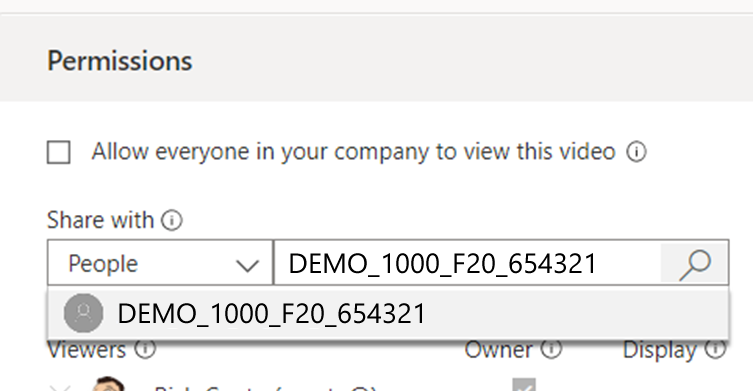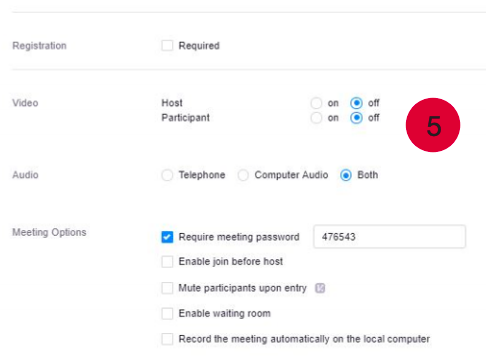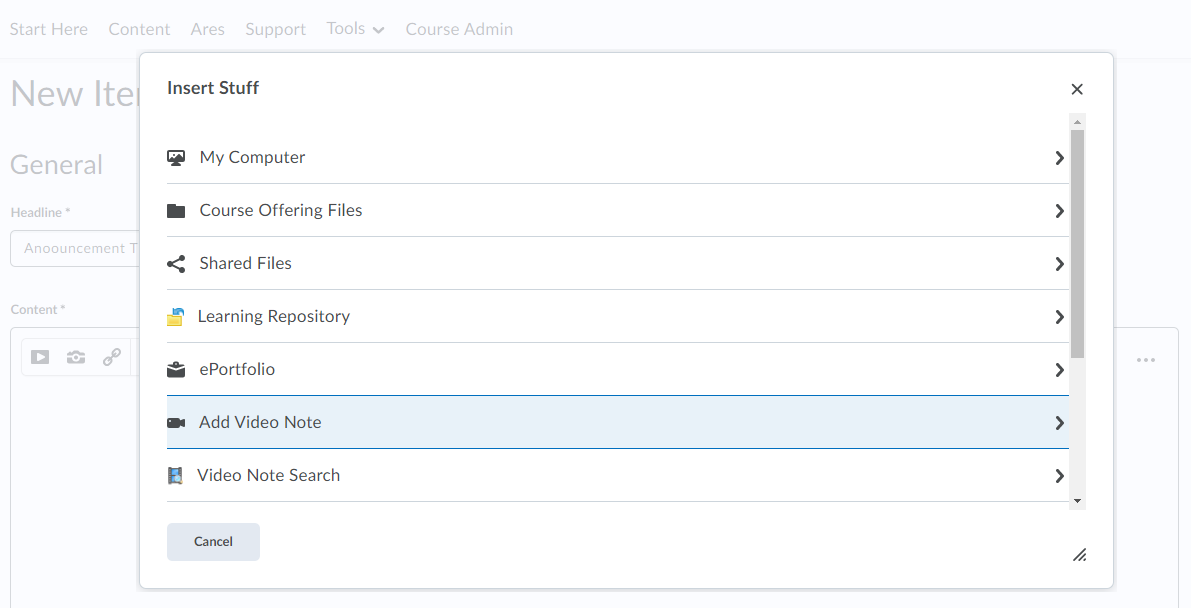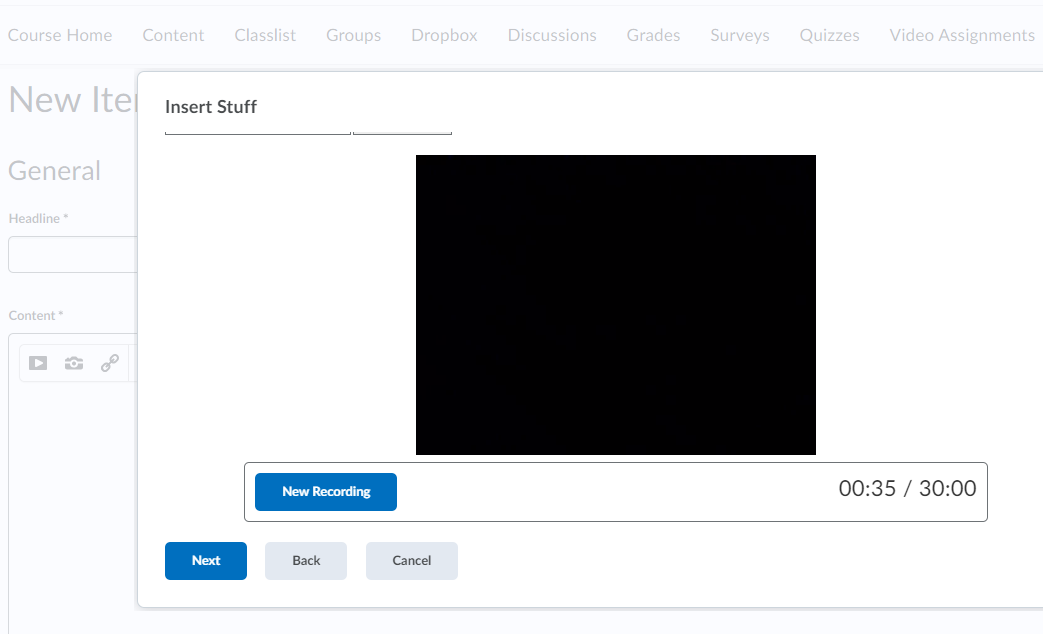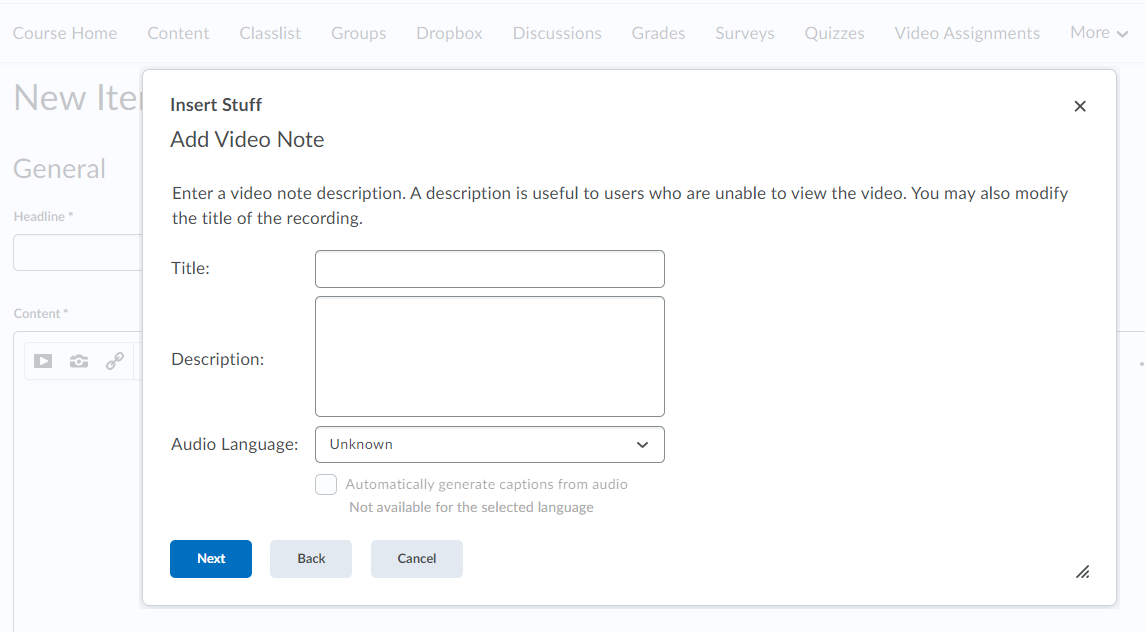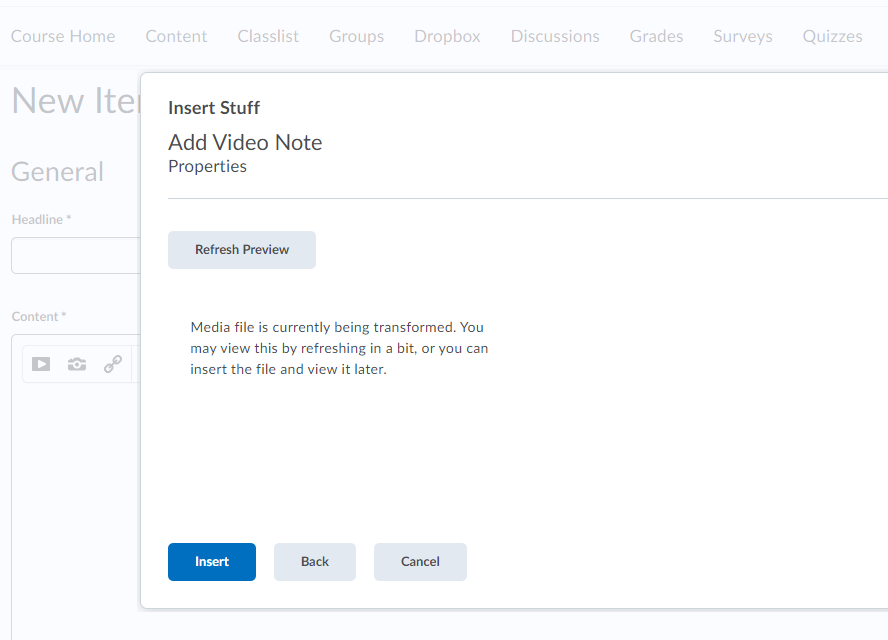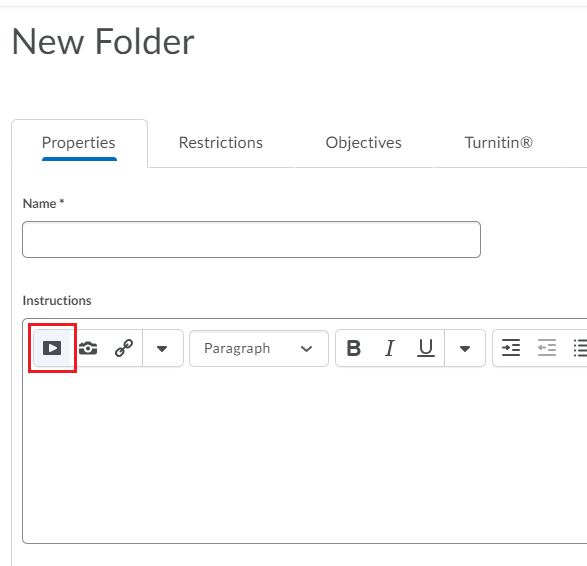Overview
Zoom is a web-based conferencing service available to all instructors teaching during the current semester or for those users who have purchased a license with the School of Continuing Studies. Users have access to the Zoom Cloud service when provided a Zoom Pro license.
Zoom Cloud is intended for temporary, non-archival storage, to be used during the current or immediate academic term. Instructors and staff are expected to assess those recordings on a routine basis and transfer their recordings to University-approved storage solutions like OneDrive.
Retention Period
Starting September 1, 2022, SCS will implement a one-year Zoom Cloud retention period. All Zoom recordings will be retained for one year, keeping up to the matching semester from the previous year. At the beginning of each subsequent semester, the next deletion cycle will begin.
All deleted files will be stored in the owner’s Trash for an additional 30 days. After the 30-day Trash timer expires, the recordings will be deleted permanently.
Examples of Zoom Cloud Recording Deletion Dates
Considerations
Be aware: Know the retention period so you can plan accordingly.
Backup or transfer your older recordings.
Consider automating backups using the Zoom Transfer Tool.
Want Reminders? You can enable an alert when recordings will be permanently deleted from Trash. Sign in to https://zoom.us, click Settings and select “Email Notification.” Enable “When the cloud recording is going to be permanently deleted from trash.”
Zoom Transfer Tool
SCS has developed a Zoom recording transfer tool to assist you with managing and transferring cloud recordings between your UofG Zoom Pro account and your UofG OneDrive account. The Zoom Transfer Tool makes the process of copying your Zoom cloud recordings to OneDrive simple and offers the option to automate the process for all future Zoom cloud recordings.
University Links Regarding Privacy and Retention
Privacy & Recording Virtual Lectures
Record Retention and Disposition Policy
Additional Resources
Related Tools
Need More Help?
If you're still having trouble, please contact the CourseLink Support team for assistance.






